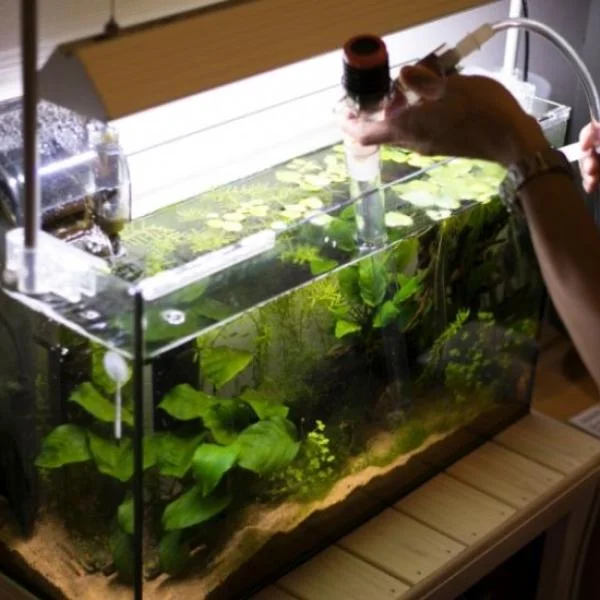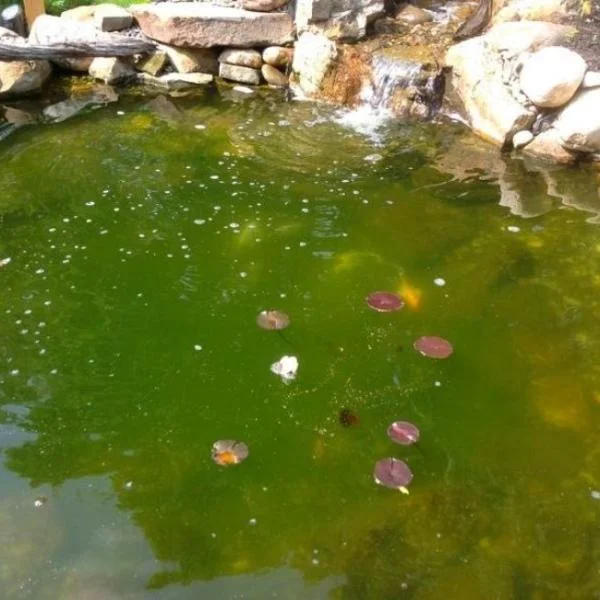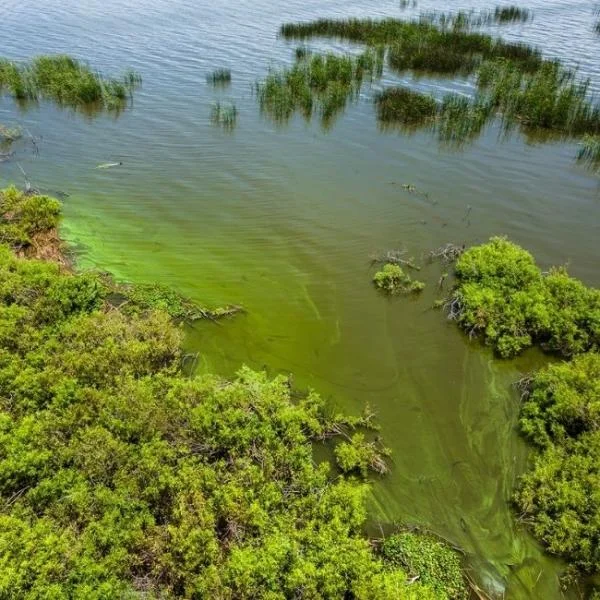
Biological filtration represents a cornerstone technology in both natural ecosystem management and wastewater treatment systems. This comprehensive guide explores the fundamental principles, applications, and importance of biological filtration in various contexts.
What is Biological Filtration?
Biological filtration is a natural process that utilizes beneficial bacteria to purify water at a molecular level. In natural environments like streams and rivers, bacteria colonize stones and pebbles at the bottom, naturally breaking down toxins as water flows around them. This natural process is what manufactured biological filters attempt to replicate in controlled environments, where water is forced through specialized filter media via pumping systems to allow beneficial bacteria to break down harmful substances.
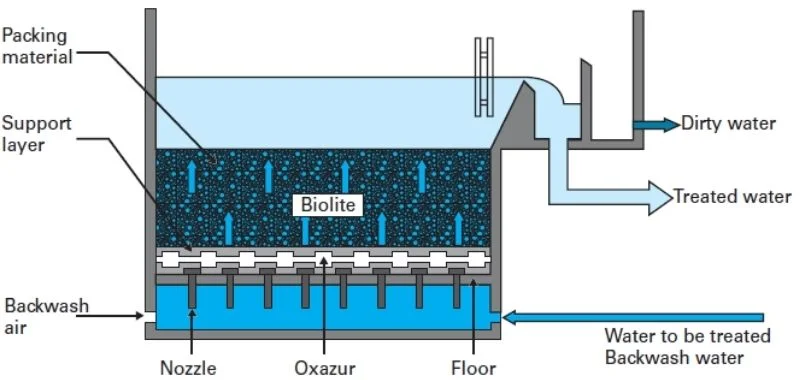
What is Biological Filtration
The Scientific Basis of Biological Filtration
The primary purpose of biological filtration in ponds is to transform toxic ammonia into less harmful substances, making it essential for the health of aquatic ecosystems. Fish waste, decaying plants, and uneaten food continuously produce ammonia, a toxic compound that, if allowed to accumulate, can be lethal to fish and other pond inhabitants. Biological filtration harnesses the natural process of nitrification, where beneficial bacteria—primarily Nitrosomonas and Nitrobacter—break down ammonia in two stages.
First, ammonia is converted into nitrite, another harmful compound, and then into nitrate, which is significantly less toxic. Nitrates act as a nutrient source for pond plants, facilitating a balanced ecosystem by supporting plant growth and oxygen production. However, for optimal safety, nitrate levels must be managed through regular water changes and monitoring. This natural filtration not only maintains a cleaner, safer pond environment but also encourages the growth of beneficial plant life that supports the pond's overall health.

The Scientific Basis of Biological Filtration
Applications in Pond Systems
Types of Biological Filters for Ponds
1. Waterfall Filters
Waterfall filters serve a dual purpose in pond systems by combining biological filtration with aesthetic water features. These filters act as collection pools at the top of waterfalls while providing an even cascade of water, requiring careful integration into the landscape design through strategic rock placement and natural-looking arrangements.
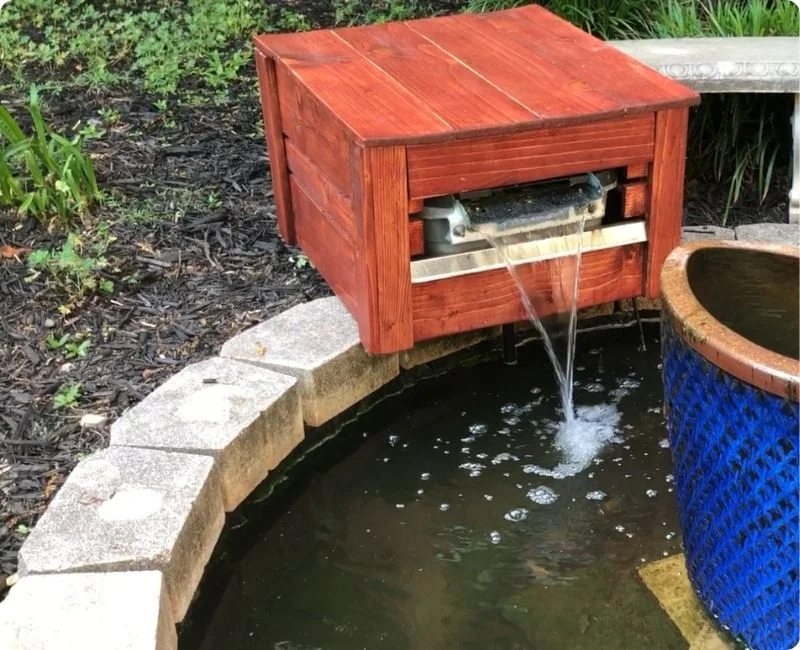
Waterfall Filters
2. External Pressure Biofilters
External pressurized filters offer a versatile solution for ponds without waterfalls or formal water gardens. These systems operate under pump pressure, allowing them to return water to the pond regardless of elevation differences, making them more flexible in installation and application than gravity-fed systems typically used in koi ponds.
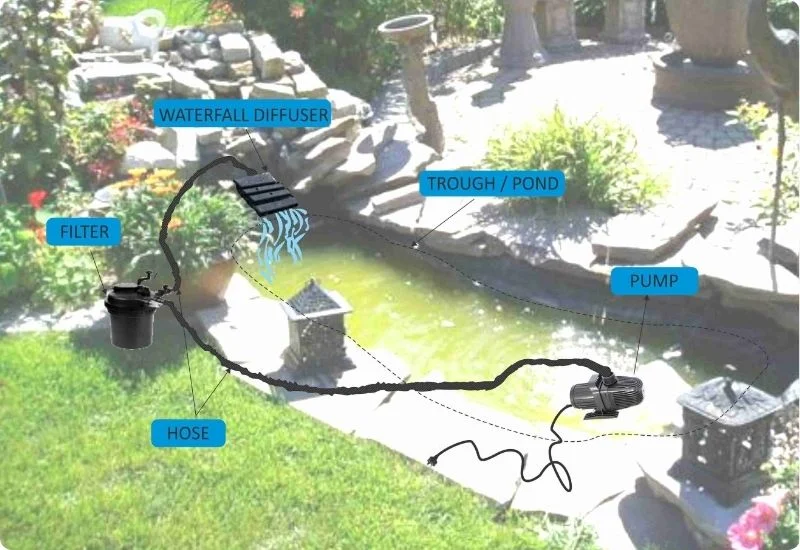
External Pressure Biofilters
Sizing Considerations for Pond Filters
Proper sizing is crucial for optimal filter performance, with most systems requiring specific flow rates between 1,500 and 3,000 gallons per hour. Each filter comes with recommended minimum and maximum flow rates that must be carefully matched to the pond's pumping system to ensure effective filtration and proper water circulation throughout the entire system.
Wastewater treatment implementation of Biological Filtration
Secondary Treatment Process
In wastewater treatment, biological filtration functions as a secondary treatment process following primary settling of solids. The system employs various filter media including sand, gravel, peat, or synthetic materials like foam, fabric, or plastic, each offering unique benefits for bacterial colonization and water purification.
Design Specifications and Loading Rates
Modern biofilters are engineered with precise specifications to optimize treatment efficiency. Foam biofilters can handle 12.5 gallons per day per square foot, while peat biofilters process approximately 5 gallons per square foot per day. For a typical residential installation, foam biofilters measure roughly 6 feet × 6 feet × 4-5 feet deep, while peat modules are designed at 7 feet × 4.5 feet × 2.5 feet per bedroom capacity.
Advanced Treatment Options
Recirculation Systems
Recirculating filters enhance treatment efficiency by passing effluent through the system multiple times, typically 6 to 12 passes before discharge. This repeated processing not only improves water quality but also facilitates denitrification through alternating aerobic and anaerobic conditions, potentially producing effluent clean enough for surface discharge where permitted by local regulations.
Maintenance and Operations
Regular Maintenance Requirements for Biological Filtration
1. Filter Media Management
Proper maintenance includes regular replacement of filter media, monitoring of peat levels in peat-based systems, and implementation of backwash systems in recirculating filters. Backwashing forces clean water upward through the filter, effectively scouring off the biomat to prevent clogging and maintain optimal flow rates.
2. Equipment Maintenance
Regular system maintenance requires bi-annual to annual technical inspections of all components, including pumps with an expected 15-year lifespan and alarm systems. These inspections ensure all mechanical and electrical components continue to function properly and maintain system efficiency.
Cost Considerations
Investment costs vary significantly by system type and capacity. Base foam biofilter systems start at approximately $5,000, with complete system installations ranging from $8,000 to $10,000. Peat biofilter modules cost about $2,000 per bedroom capacity, while annual maintenance expenses average around $250 for routine services and component upkeep.
Performance and Efficiency
Modern biological filtration systems demonstrate remarkable treatment capabilities in field testing. Case studies show systems achieving up to 97% reduction in biological oxygen demand (BOD), 79% removal of solids, and 71% reduction in total nitrogen. These impressive results depend on proper system sizing and regular maintenance protocols.
How to Implement Biological Filtration Successfully
System Selection Guidelines
1. Site Evaluation
Before installation, thorough site evaluation must consider soil conditions, available space, local regulations, and environmental factors. These assessments determine whether a conventional drainfield or an advanced biological filtration system is more appropriate for the specific location.
2. Installation Requirements
Successful system installation requires proper ventilation for bacterial activity, adequate insulation for cold weather operation, appropriate drainage provisions, and convenient access for maintenance activities. These requirements ensure optimal system performance and longevity while facilitating necessary maintenance procedures.
Conclusion
Biological filtration represents a crucial technology in water treatment and ecosystem management. Whether implemented in pond systems or wastewater treatment facilities, proper understanding of system requirements, maintenance needs, and operational parameters ensures optimal performance and longevity. As environmental concerns continue to grow, the importance of efficient biological filtration systems becomes increasingly significant in maintaining water quality and ecosystem health.
This comprehensive approach to biological filtration provides both natural and engineered solutions for water quality management, demonstrating the versatility and effectiveness of this essential process across various applications.
Related Articles
The Importance of Proper Water Changes for Your Aquarium
In this comprehensive guide, we'll explore the importance of water changes , how to determine the ...
How to Change Pond Water to Keep Your Pond Pristine
Maintaining a well-balanced ecosystem in your pond is all about keeping water quality in check. One ...
Key Factors for Healthy Pond Water Quality
Pond water quality is crucial for maintaining a healthy aquatic ecosystem that supports fish, ...
Why are Algae Blooms Bad? The Impact of Algae on Environment
Algae blooms represent one of the most significant challenges facing our aquatic ecosystems today. ...
What is Fungi? Exploring the Decomposers in Nature
Fungi represent a fascinating kingdom of organisms that includes approximately 144,000 known ...
How Do Algae and Fungi Differ From Each Other?
Algae and fungi are fascinating organisms that play crucial roles in our ecosystem, yet they possess ...

